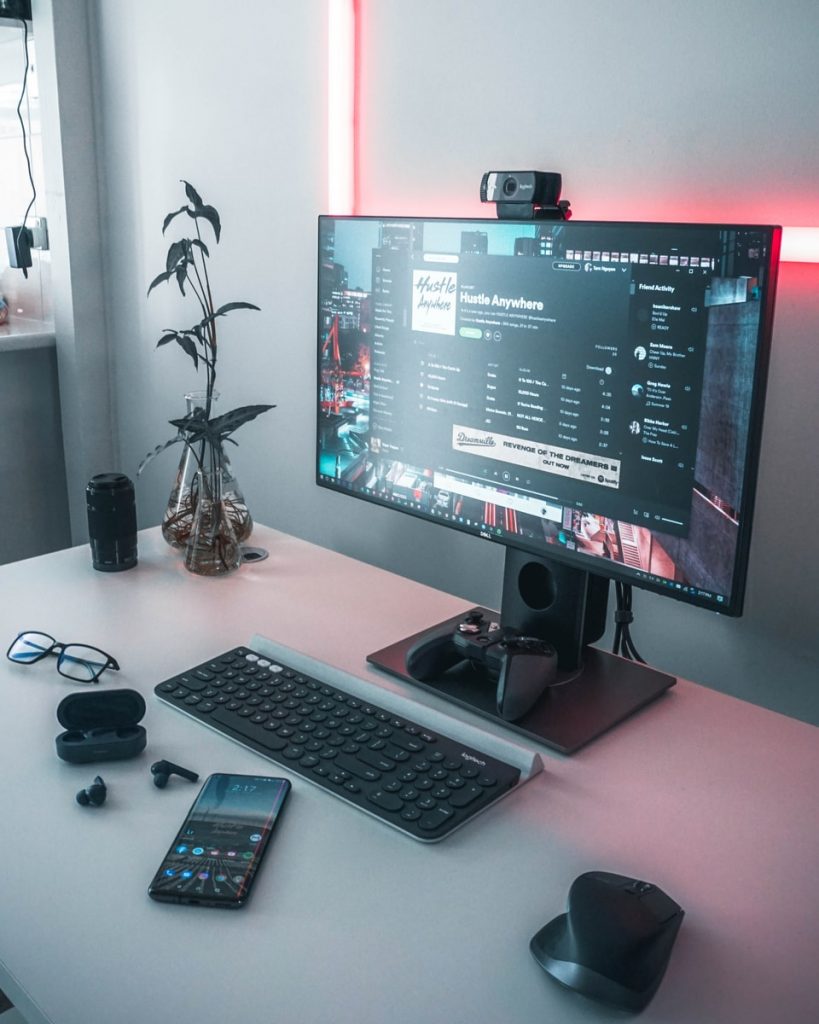A virtual data room is not exactly new technology. It has been around for a while, providing secure, reliable document storage and management to businesses and other organizations that need to share sensitive information with third parties.

But, despite the long history and continued utility, virtual deal rooms are still often misunderstood. How do they work? What do they do? Are they just some kind of fancy folder on your computer desktop?
Well… no. Virtual deal rooms are a bit more complicated than that. But they’re not more complex than they have to be: the technology is designed to be as user-friendly and straightforward as possible. They’re just not quite as simple as people sometimes assume, so let’s take a look at the basics of how a virtual deal room works.
The basics of how a virtual deal room works
The most common use of VDRs is due diligence: A potential buyer will want to review all sensitive financial data before making a bid or agreeing to a purchase. In high-value deals, it’s also common for lenders or investors to conduct their due diligence.
While you may think that emailing documents or hosting them in your cloud storage account would suffice, there are many reasons why this isn’t a secure option. With a virtual deal room, you get:
- Advanced security features like two-factor authentication (2FA), encryption, watermarking, etc.
- Permission control — decide who can access which files.
- Data protection — track user activity and know when each document was last accessed or downloaded.
Here’s how it works:
Setting up the room
The company that hosts the VDR provides the software and sets up an online space for due diligence material. In some cases, there are multiple rooms for different types of information, and each room has a name and a URL.
Uploading documents
Once the room is ready, someone from the company being bought uploads all relevant documents such as financial records and legal contracts. The person who uploaded them can decide who sees them and what kind of access they are allowed — for example, whether they can download documents or make notes on them within the system itself.
Some VDRs encrypt documents to prevent unauthorized access even if they are downloaded to someone’s computer; others use digital rights management systems that allow only certain people to view specific files.
Accessing documents
Once you’ve set up your VDR and uploaded the files you want to share, you’re ready to go! Share the link with your viewers via email or other communication channels. They can then click on the link and get access to all of the files you’ve uploaded to the room.
Final Verdict
So there you have it. A virtual deal room is a great way to handle potential new clients and business deals without worrying about the other side of the fence. Deal rooms provide privacy and security for all involved, which is crucial as some information might be sensitive or proprietary.
Business people only need to send what’s necessary and avoid possible negative repercussions. Overall, a virtual deal room is a smart way to handle your business dealings and ensures that everything runs smoothly on both ends.

Virtual Data Room exist as a secure way to store documents that multiple people that need access simultaneously. They are used by businesses when they are merging, working on any project, etc.